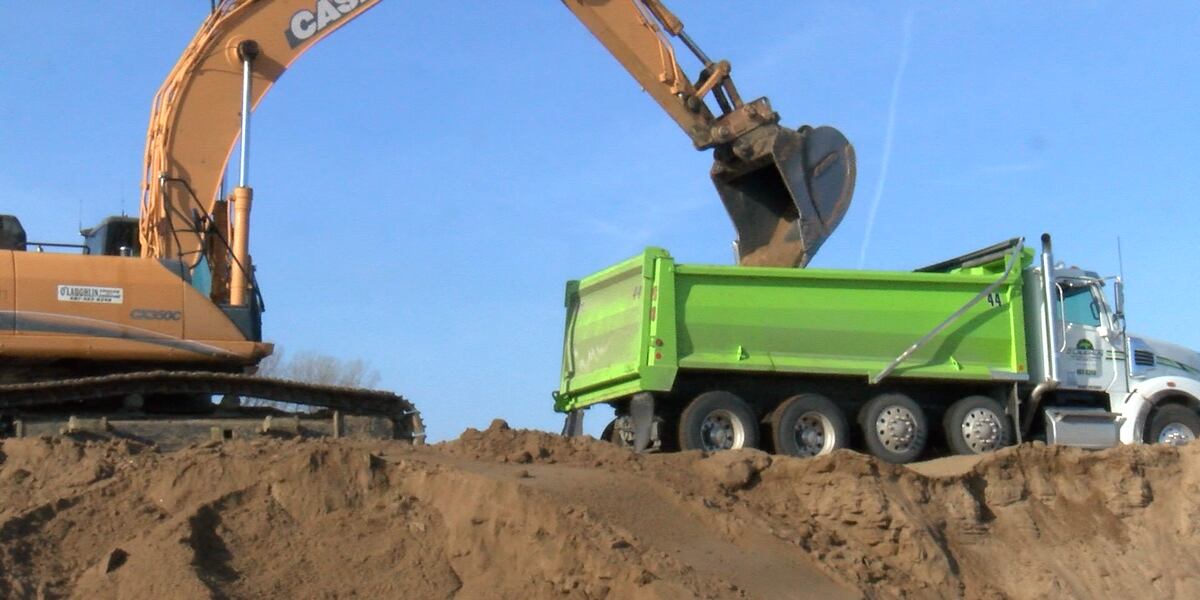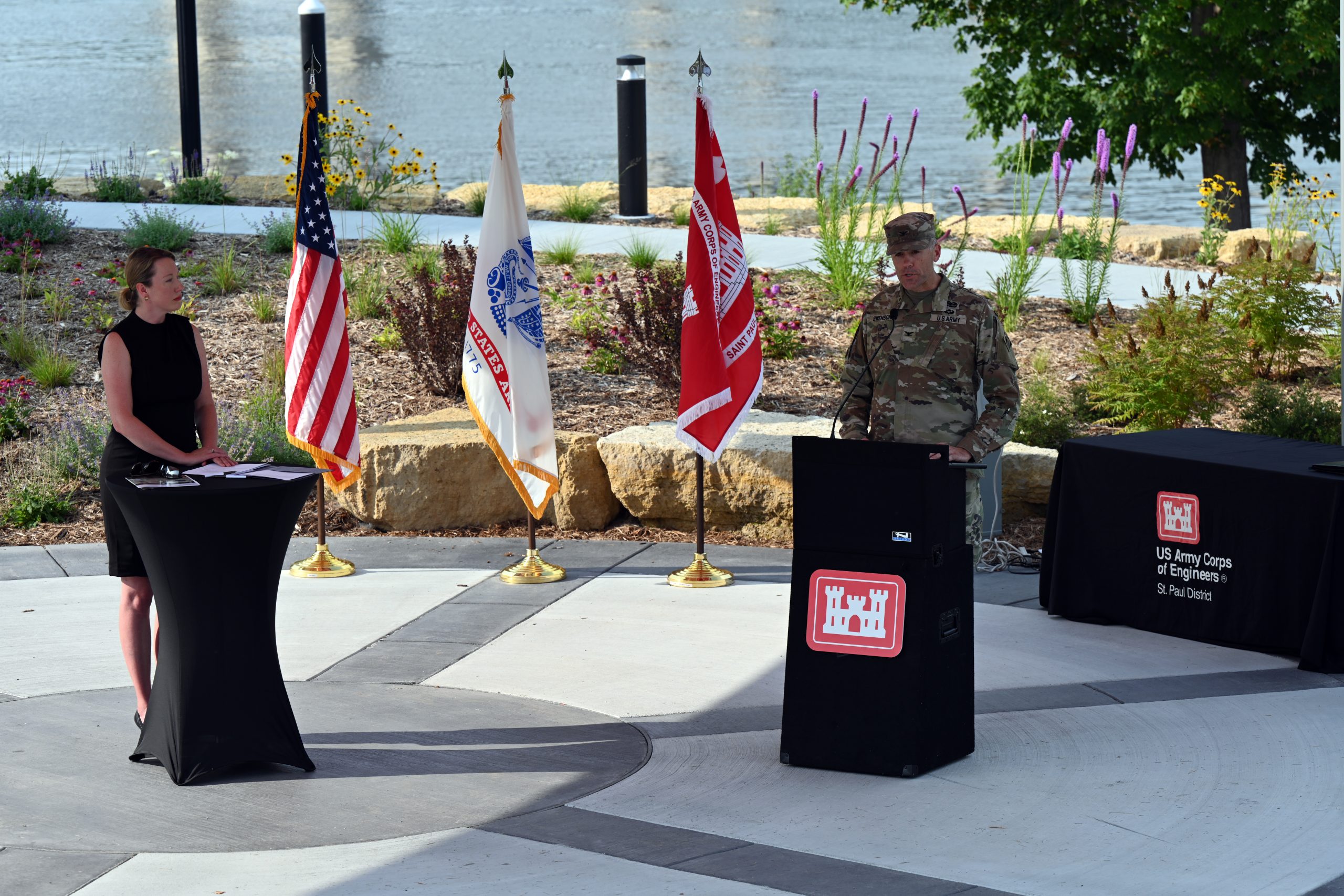In a historic collaboration, the city of Wabasha and the United States Army Corps of Engineers have united to oversee the management of dredged sand from the Mississippi River. This unprecedented partnership, with immediate tangible results, signifies a transformative moment in intergovernmental cooperation, holding both economic and environmental significance.

Photo from Google
A Pioneering Model for Cooperation
Trucks swiftly mobilized to transport dredged materials to a local sand pit owned by Kohner Materials, as Wabasha and the Army Corps of Engineers executed their collaborative initiative. The unique agreement between a local government and a federal agency is hailed as a pioneering model, offering potential insights for similar ventures in other communities.
Wabasha Port Authority President John Friedmeyer underscores the exceptional nature of this partnership, emphasizing its immediate impact and potential for inspiring cooperative efforts elsewhere. The collaboration serves as a template for harmonizing local and federal interests in resource management and environmental stewardship.
This innovative partnership not only addresses logistical challenges but also unlocks economic opportunities. The repurposed dredged sand is earmarked for both public and private use, including construction and agricultural projects within the Wabasha area. This multi-faceted approach is poised to invigorate local industries and foster regional development.
READ ALSO: Tragedy Strikes: Navy SEALs Lost In Mission To Confiscate Iranian Weapons
Mississippi River’s Vital Role and Future Sustainability
Approximately one million cubic yards of sand extracted annually from the Mississippi by the St. Paul District sees a quarter sourced from the Wabasha area. Mayor Emily Durand expresses enthusiasm for the collaboration, highlighting its profound impact on efficient freight transportation along the Mississippi and its far-reaching implications for the region’s food supply chain.
The groundbreaking partnership underscores the Mississippi River’s pivotal role as a commercial corridor crucial for the local community’s prosperity. Mayor Durand emphasizes the imperative need for cooperation among various stakeholders to ensure the river’s long-term sustainability. This collaboration sets a precedent for addressing complex environmental and logistical challenges through coordinated efforts between local and federal entities.

















































